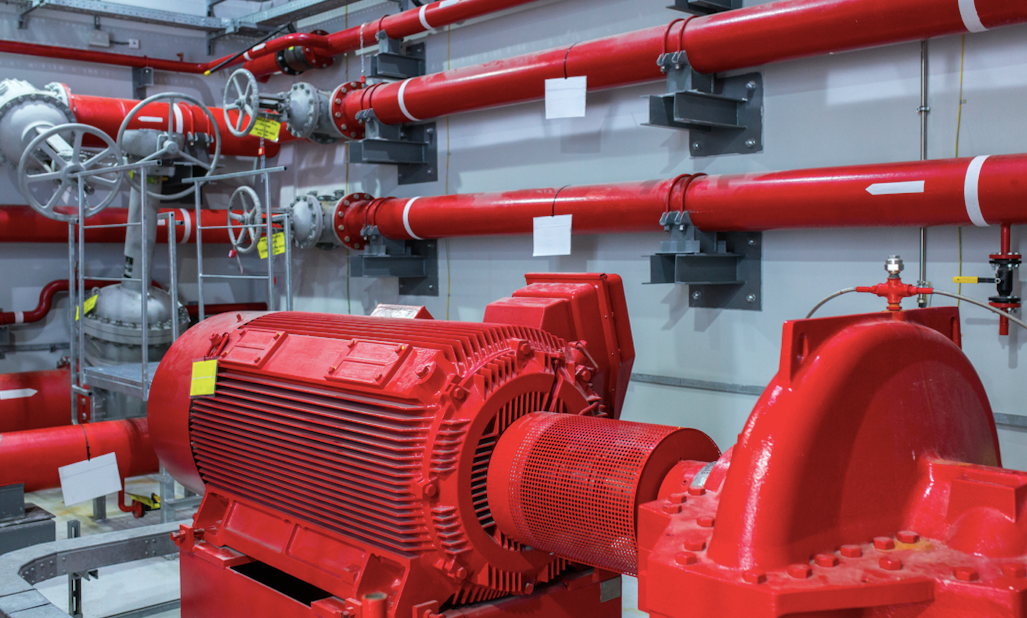Introduction
Fire protection systems are essential for safeguarding lives, property, and critical infrastructure. At the core of these systems are fire pumps, which provide the necessary water pressure and flow to combat fires effectively. Whether in commercial buildings, industrial plants, or residential complexes, fire pumps ensure that sprinkler systems and hydrants perform reliably during emergencies.
This article explores the importance of pumps in fire protection, the different types of fire pumps, design considerations, and best practices for ensuring reliable fire safety.
Why Fire Pumps Are Essential
- Boosting Pressure: Municipal water supplies may not always provide enough pressure to support sprinklers and hydrants. Fire pumps compensate by boosting water pressure.
- Ensuring Reliability: Pumps ensure consistent water delivery during emergencies.
- Meeting Regulations: Building codes and insurance requirements often mandate fire pump installations.
- Protecting High-Rise Buildings: Pumps deliver water to upper floors where pressure naturally decreases.
Types of Fire Pumps
Centrifugal Fire Pumps
- The most common type used in fire protection systems.
- Deliver steady, reliable flow at consistent pressure.
Vertical Turbine Pumps
- Used when water sources are located below ground level, such as wells or reservoirs.
- Provide strong suction lift capabilities.
Horizontal Split-Case Pumps
- Known for durability and ease of maintenance.
- Widely used in large facilities and municipal systems.
Vertical Inline Pumps
- Space-saving design, ideal for tight installations.
- Easier piping connections for small to medium systems.
End Suction Pumps
- Cost-effective and compact.
- Suitable for smaller buildings or systems with lower demand.
Key Components of Fire Pump Systems
- Pump: The main component delivering water at required pressure.
- Driver: Can be electric motors or diesel engines to power the pump.
- Controller: Automates pump operation during fire emergencies.
- Jockey Pump: Maintains pressure in the system during non-emergency conditions.
- Pressure Relief Valves: Protects system from over-pressurization.
Standards and Regulations
Fire pumps must comply with NFPA 20 (National Fire Protection Association standards) and other local codes. These standards govern design, installation, and maintenance to ensure safety and reliability.
Maintenance of Fire Pump Systems
- Weekly Testing: Pumps should be run weekly to verify proper operation.
- Monthly Inspections: Check valves, controllers, and connections.
- Annual Full-Flow Tests: Ensure pumps deliver rated capacity under real conditions.
- Recordkeeping: Maintain logs of inspections and tests for compliance.
Challenges in Fire Pump Systems
- Power Reliability: Backup diesel engines are often required in case of electrical failure.
- Corrosion and Wear: Long periods of inactivity can cause deterioration.
- Sizing Errors: Incorrect pump sizing may result in inadequate or excessive pressure.
Best Practices for Reliable Fire Protection Pumps
- Conduct detailed hydraulic analysis before pump selection.
- Ensure redundancy where high-risk applications exist.
- Regularly test systems under real operating conditions.
- Train staff on pump operation and emergency procedures.
Conclusion
Fire pumps are the backbone of effective fire protection systems. By ensuring consistent pressure, compliance with regulations, and proper maintenance, pumps provide the reliability needed to safeguard lives and property. Choosing the right pump and following maintenance best practices guarantees that fire systems perform when they are needed most.
FAQs
Q1: Why are fire pumps necessary if the building has a municipal water supply?
Because municipal supplies often lack the required pressure for sprinklers and hydrants, fire pumps boost pressure to safe levels.
Q2: What is the most common type of fire pump?
Centrifugal fire pumps are the most widely used due to their reliability.
Q3: How often should fire pumps be tested?
They should be tested weekly, with annual full-flow performance testing.
Q4: Can fire pumps run without electricity?
Yes, many fire pumps use diesel engines as backup drivers in case of power outages.
Q5: Who regulates fire pump installations?
Standards such as NFPA 20 and local building codes govern fire pump systems.
